Plastic exhibits high fluidity when melted, posing a challenge to maintaining dimensional accuracy in plastic injection molded parts, especially for those with stringent size tolerance requirements. Dimensional accuracy refers to the degree of conformity between the actual dimensions of the molded part and those specified in the product design drawings, serving as a crucial indicator of part quality. So, how can we produce high-precision plastic injection molded parts?
Firstly, it's essential to recognize that numerous factors influence the dimensional accuracy of molded parts. These include the manufacturing precision and wear of the mold, fluctuations in plastic shrinkage rates, changes in processing conditions during molding, post-molding dimensional changes, and the mold's structural shape. Therefore, to reduce mold manufacturing difficulty and costs while meeting product usage requirements, it's advisable to design the part with slightly lower dimensional accuracy.
The dimensional tolerances for plastic injection molded parts should be designed according to the SJ1372-78 standard, which outlines plastic part tolerance values for injection molding. This standard categorizes injection molding accuracy into eight levels, with levels 1 and 2 being advanced technical grades used only under special requirements. The standard specifies only the standard tolerance values, while the upper and lower deviations from the basic dimensions are allocated based on the part's fit requirements.
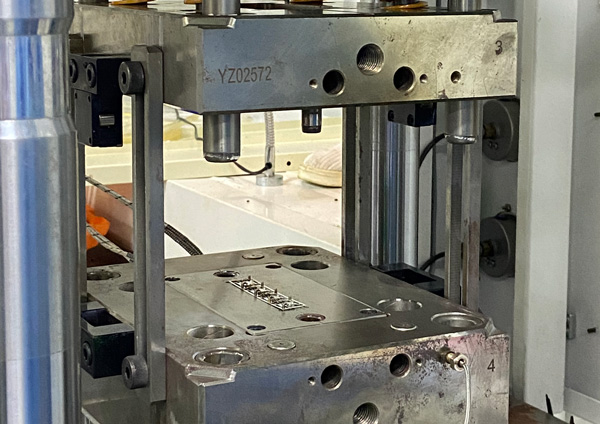
For dimensions significantly affected by mold moving parts, such as the height of compression parts influenced by the thickness of horizontal mold flash, the tolerance value should be the sum of the standard tolerance and an additional value. Specifically, the additional value is 0.05mm for level 2 accuracy, 0.10mm for levels 3 to 5, and 0.20mm for levels 6 to 8. For dimensions without specified tolerances, it's recommended to adopt the level 8 accuracy specified in the standard. Only by strictly adhering to the plastic part tolerance standards can we ensure the dimensional accuracy and quality of the molded parts.
As product performance across industries continues to improve, the precision requirements for component parts are also increasing. The injection molding industry, as a crucial part of manufacturing, faces this challenge as well. However, many products fail to reach their designed lifespan due to various reasons, one of which is that the component parts do not meet the designed dimensions. A complete product is composed of numerous, sometimes thousands, of parts. If the dimensions do not meet the design requirements, issues may arise during use, and over time, parts may need to be replaced.
For example, every component in an spacecraft is carefully selected and manufactured, and even a minor dimensional issue can lead to a major accident. Therefore, industries are increasing investments in manufacturing technology, as those who master advanced manufacturing techniques will gain a competitive edge in the future.
The injection molding sector within the plastics industry has been developing rapidly in recent years. However, achieving precision injection molding typically requires the following key elements:
-
Advanced Injection Molding Machines: As the foundation of injection molding, the quality of the injection molding machine directly determines the quality and efficiency of the molded parts.
-
High-Quality Mold Manufacturing: The mold is the core of injection molding, and a superior mold can significantly enhance the quality and precision of the molded parts.
-
Skilled Injection Molding Operators: Excellent injection molding engineers are the soul of the process, with their expertise and experience being crucial to ensuring part quality.
-
Premium Raw Material Procurement: Even the same type of plastic can have different properties depending on the manufacturing process. Therefore, selecting the right raw materials is vital for injection molding.
In summary, achieving precision injection molding requires comprehensive consideration of equipment, molds, personnel, and raw materials. Only by meticulously controlling every detail can high-quality and precise injection molded parts be produced.
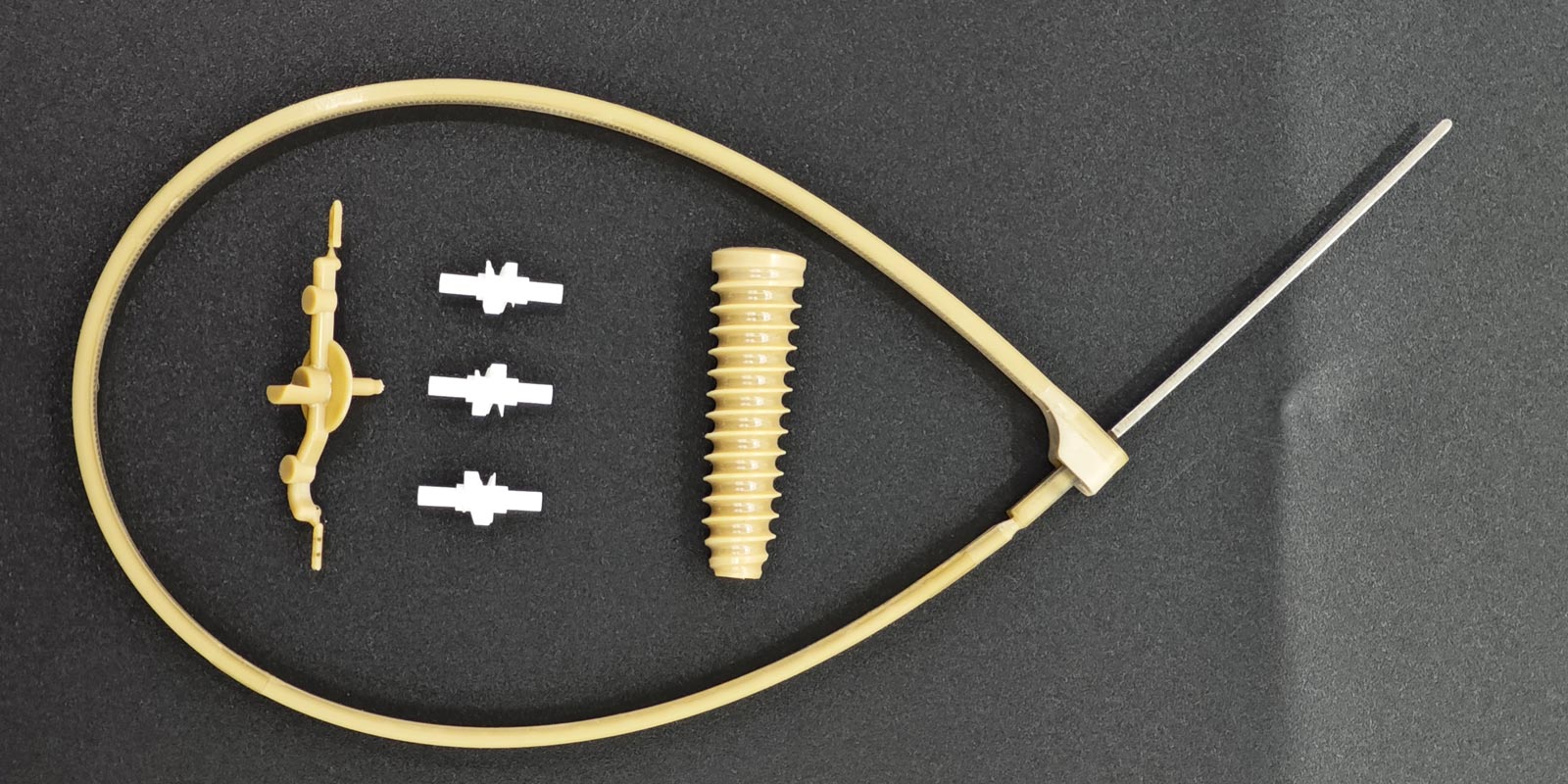
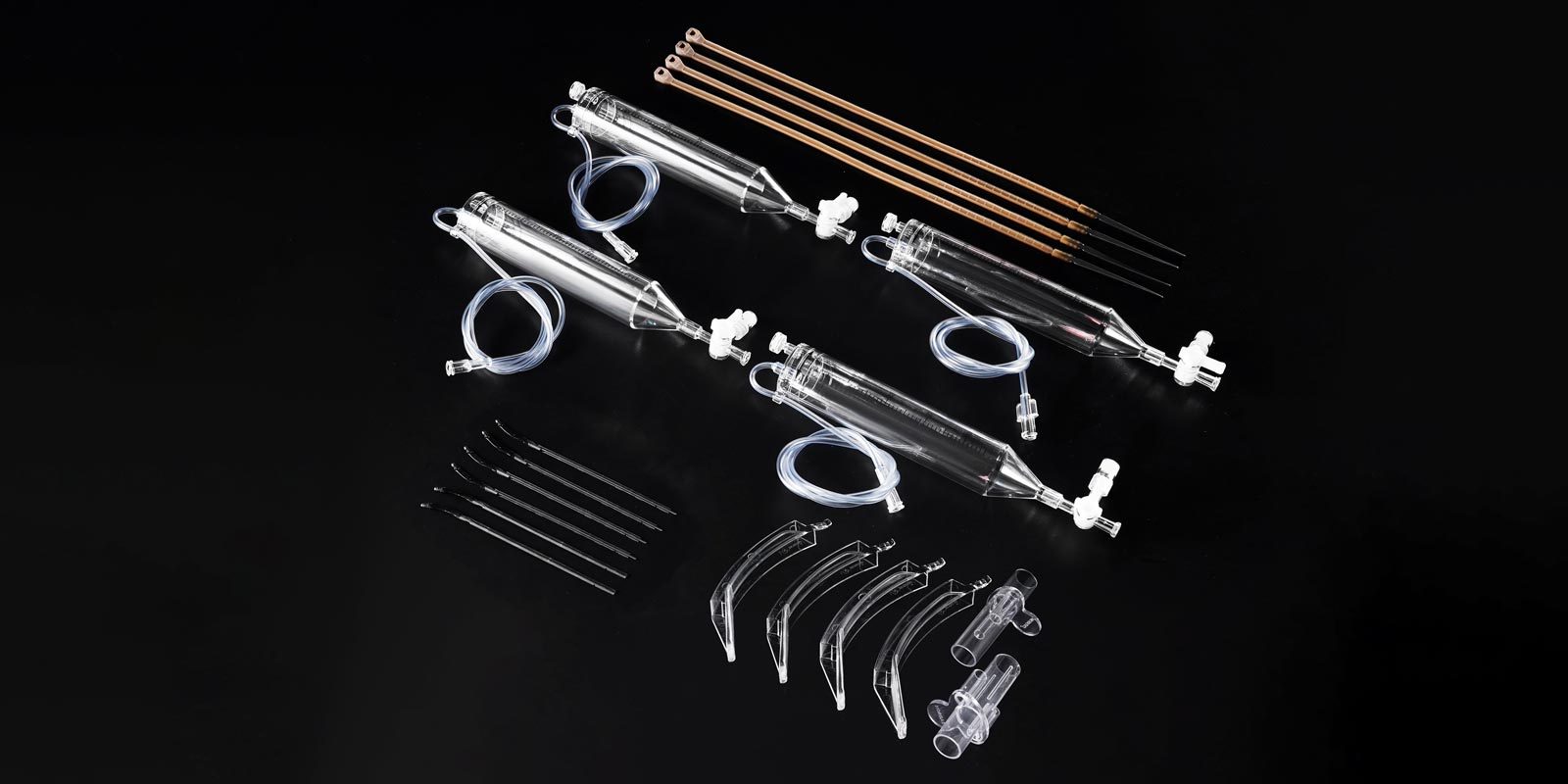
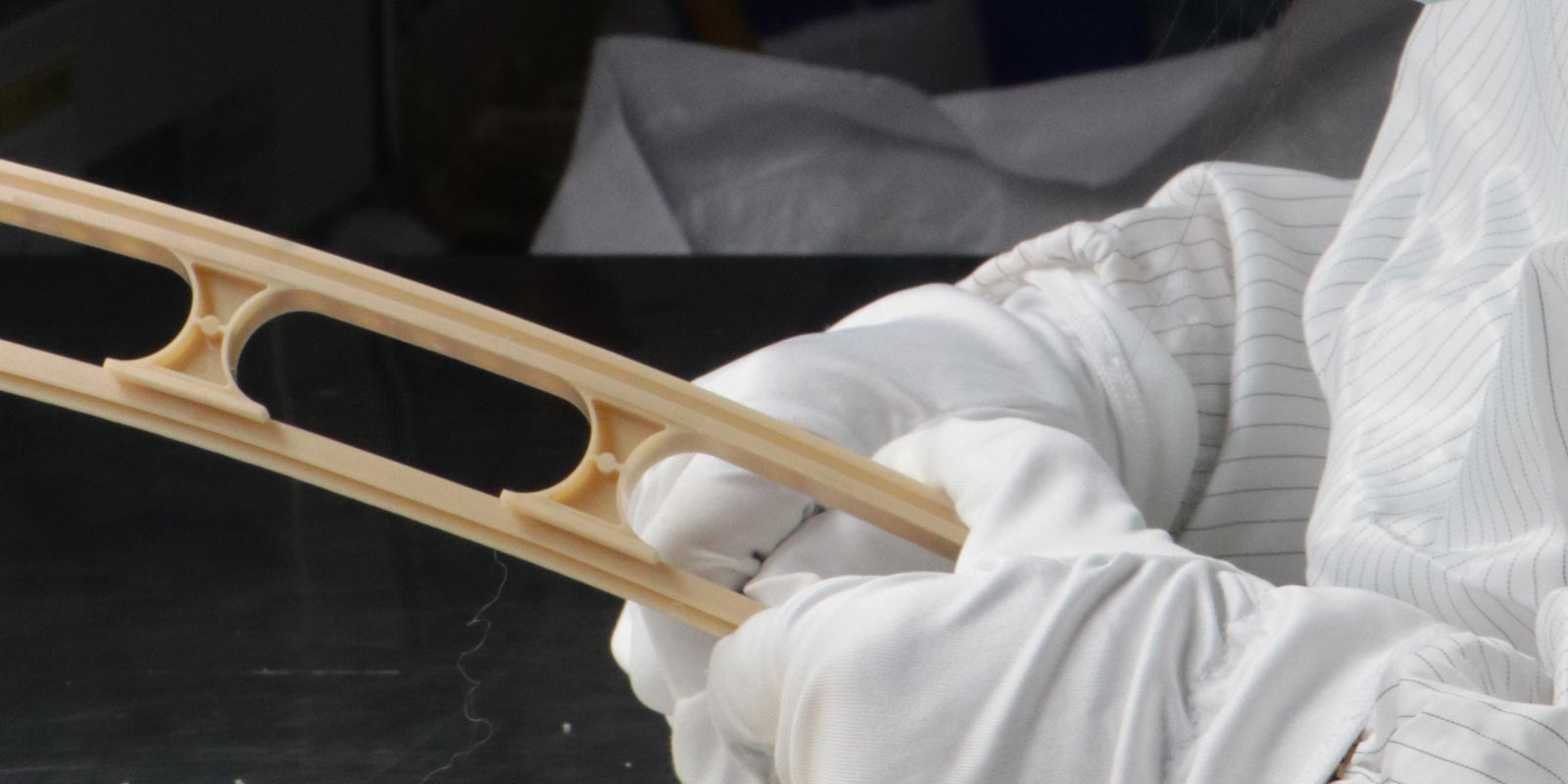
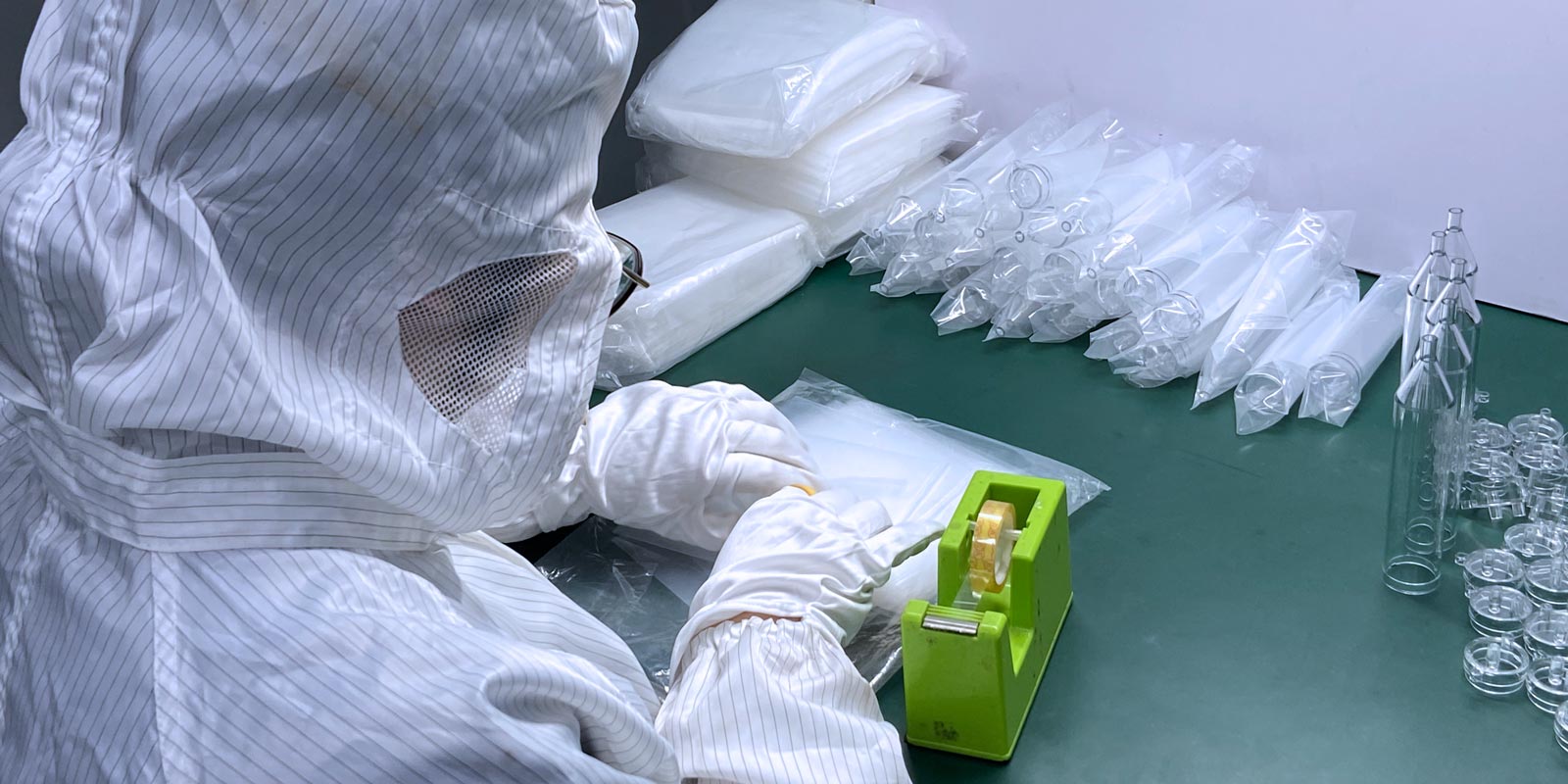
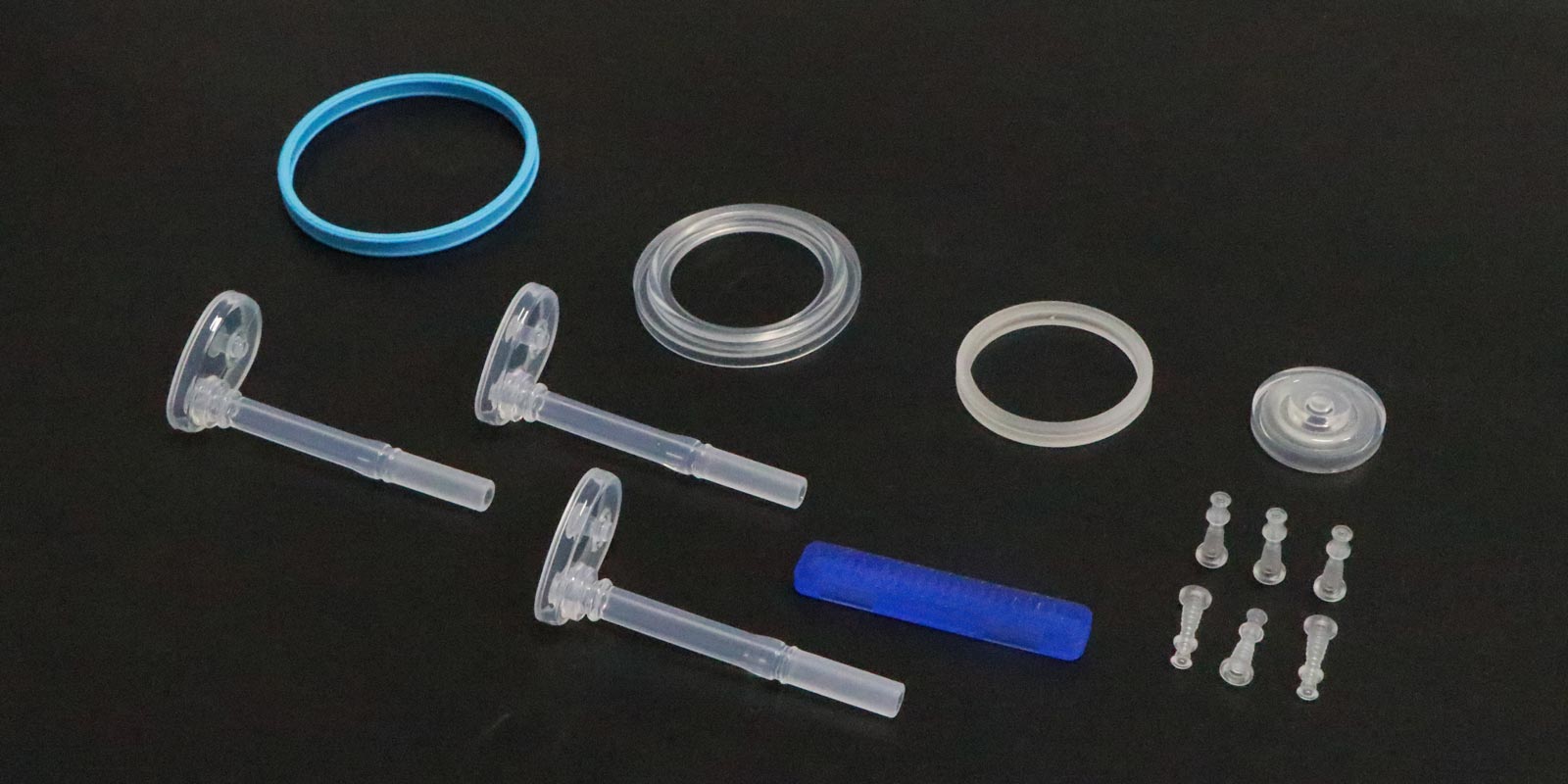











 Home
Home
